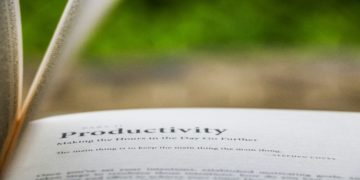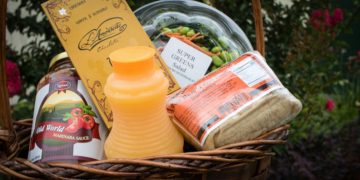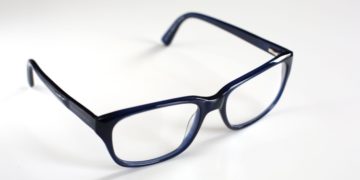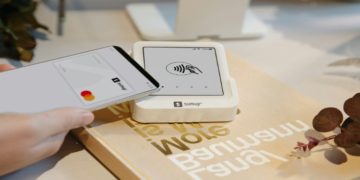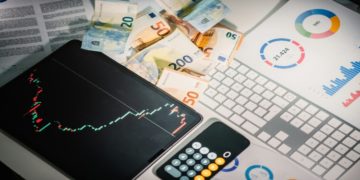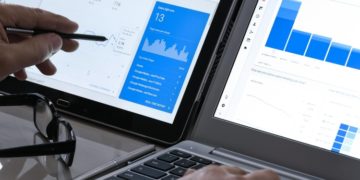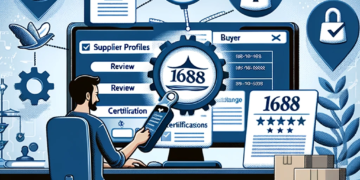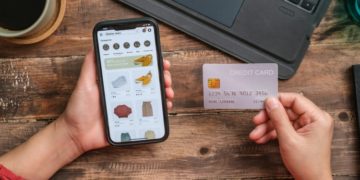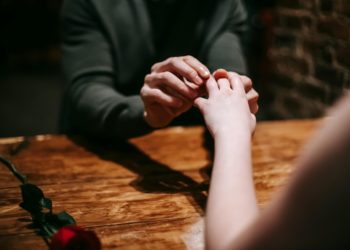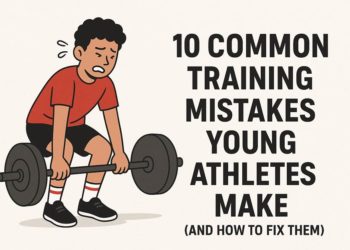Fewer Dates, More Choices
Recent statistics from major dating platforms describe a different reality from even a few years ago. According to the Singles in America 2025 study by Match Group, 45 percent of singles said they went on no dates in the past year. This is a record high and raises questions about why people are less active in dating, even though apps and online platforms keep growing. Data show dating app fatigue has increased. Most users now seek quality, not quantity. More users are also taking breaks. Many log in to browse, but fewer message or arrange meetings, as seen each year on “Dating Sunday,” which typically shows the most app activity but does not result in more in-person encounters.
Some singles feel overwhelmed by choice. Apps answer this by cutting back on endless swiping and focusing on features that promote reflective, intentional use. AI-powered coaches and guided questions have become common, giving advice, suggesting matches, and pushing people to meet offline sooner, as seen on popular apps like Match and Bumble.
Building Bonds Slowly
The modern approach to romantic connection is often slow and cautious. Match’s study found that 40 percent now prefer to become friends first, using casual meetups instead of formal dates. There is less of a rush toward defining the relationship early on. Instead, micro-romance, smaller acts and quieter signals are now often preferred. Emotional authenticity is valued, with singles seeking partners who show a willingness for open, vulnerable talks.
Another data point: 55 percent of singles have had a “situationship” in the past year. These relationships are not traditional partnerships. They may involve some intimacy, but lack clear definition. This shows people are redefining boundaries and stages of connecting. Social media also plays a role in how these forms are defined and discussed, often airing the process in public or semi-public ways.
Modern Preferences and Relationship Choices
As more singles shape their own dating paths, the range of connections has grown. Some choose dating sites focused on long-term goals, while others use apps centered on group outings or shared interests. There are also specialty services, such as a sugar daddy dating app, that cater to those seeking clear arrangements. Each platform supports different approaches to meeting new people.
This openness allows users to find matches based on their particular needs or life stages. The growth of options means people can select settings that fit their comfort levels, whether they want new friendships, undefined partnerships, or more structured connections. The current environment supports a mix of intentions and relationship types.
Generation and Demographic Details
There is a clear divide by age. Match Group and Statista surveys show Millennials are still the main group on established dating apps, with Generation Z numbers rising. Younger users often favor apps focused on rapid matching, such as Tinder. Those based in large cities and on the coasts are the most frequent users, though numbers by specific site remain proprietary.
Political compatibility is more important than before, especially among women. Two thirds of single women said in 2025 that they would not date outside of their key social values, according to Match’s research. Yet most said they would consider a “cross-aisle” match, as long as there is transparency about core beliefs. This suggests that standards are rising, but nuanced choices remain.
Social Media and Subtle Signals
New practices like “loud looking” are now common. Singles use status updates, bio lines, or certain photos to show they are available or seeking a connection. Social media and dating apps are more closely linked. Profiles now often include video or audio prompts, and users are encouraged to verify their identities. These steps are a response to a growth in scams, but they also help build more genuine connections.
Money and the Cost of Meeting
Costs matter. The average cost for a date in cities across the United States is now over 40 percent higher than it was ten years ago. Inflation and higher living expenses push singles to choose simpler options, such as walking or coffee. This shift away from classic three-course dinners shows up in user feedback and app design. Casual hangouts are encouraged, both to reduce pressure and to support more casual beginnings.
Dating Fatigue and Opting Out
User feelings about dating apps are mixed. Some praise the broad pool and easy matching. Others describe feeling worn down by endless texting or “ghosting”, where someone suddenly cuts off contact. These frustrations link back to the 45 percent who reported no dates at all. Many take breaks, use apps less, or focus instead on meeting people in less structured ways. Private or topic-based communities now play a larger role, especially for people seeking connection through a shared interest or hobby.
What the Numbers Reveal
- Forty-five percent of singles reported zero dates in the last year, a new high for inactivity
- Millennials are still the largest group using established dating platforms, with Generation Z making gains
- More than half describe having had a “situationship” instead of a defined relationship
- Emotional authenticity and compatibility in values are now high priorities when looking for a partner
- Friendship often comes first, with 40 percent hanging out informally before considering a date
- The costs involved in dating are changing habits and pushing for simplicity
- Video, voice, and verified profile features have grown in use, aiming to support safety and better matches
- Event-based peaks in app use rarely equal more dates, as many people use these periods to browse passively
- New interest groups and online communities serve as alternatives to classic dating apps
Most shifts and changes in the way people date are driven by new technology, economic factors, and evolving social standards. The current approach is often slow, focused on emotional comfort, and based on practical choices. Many singles now prize openness and caution as much as they do romantic intent.
David Prior
David Prior is the editor of Today News, responsible for the overall editorial strategy. He is an NCTJ-qualified journalist with over 20 years’ experience, and is also editor of the award-winning hyperlocal news title Altrincham Today. His LinkedIn profile is here.

